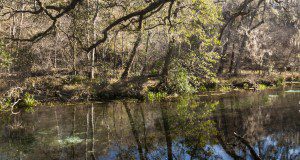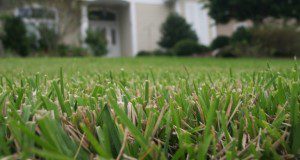Wastewater carries pathogens, nutrients (nitrogen and phosphorus), and trace organic chemicals that may be harmful to human health and ecosystem functioning. Thus, proper treatment of wastewater is crucial. While septic systems can be one means of effective wastewater treatment, there are some special considerations for their use in Florida because of unique geography and sandy soils. The purpose of this new 6-page publication of the UF/IFAS Department of Soil and Water Sciences is to explain the basics of how septic systems work and how they can affect springs water quality in Florida, with a special emphasis on potential N loading from septic systems. This document is intended for homeowners, the general public, and county, city, and other local personnel tasked with managing water quality in areas with septic systems. Written by Mary Lusk, Andrea Albertin, Whitney Elmore, William Lester, and James Moll.
https://edis.ifas.ufl.edu/ss693
Tag: William Lester
Landscaping on or near Septic Drain Fields
Septic systems are common throughout most rural areas, and their care and maintenance are essential to the health of people, wildlife, livestock, agricultural commodities, and water resources. One way to ensure optimal performance of your septic system is to landscape appropriately near the drain field. The purpose of this new 3-page publication of the UF/IFAS Department of Soil and Water Sciences is to provide landscape management guidance for septic system drain fields. Information presented here will be useful for homeowners, landscape management professionals, and Extension agents who work in horticulture, natural resources, agriculture, and family services. Written by Whitney C. Elmore, William Lester, James Moll, Andrea Albertin, and Mary Lusk.
https://edis.ifas.ufl.edu/ss687

